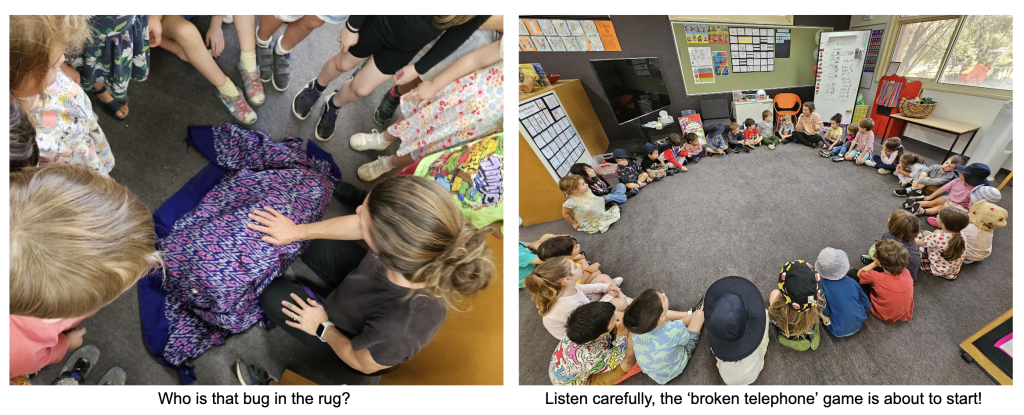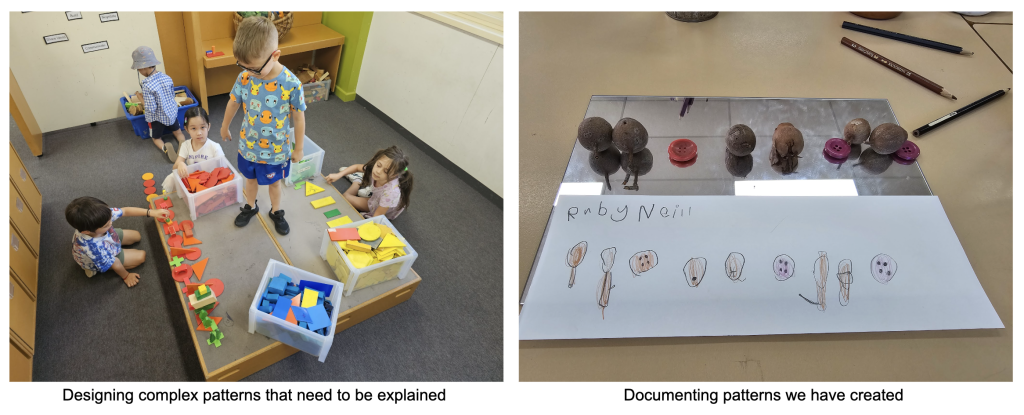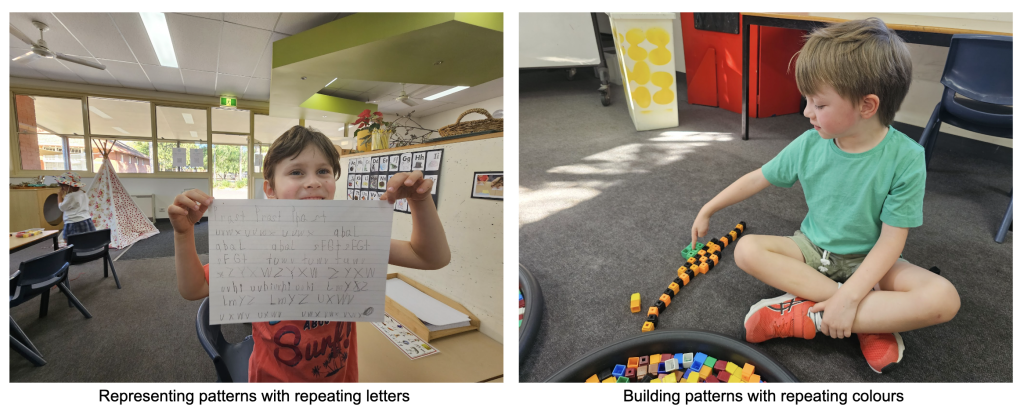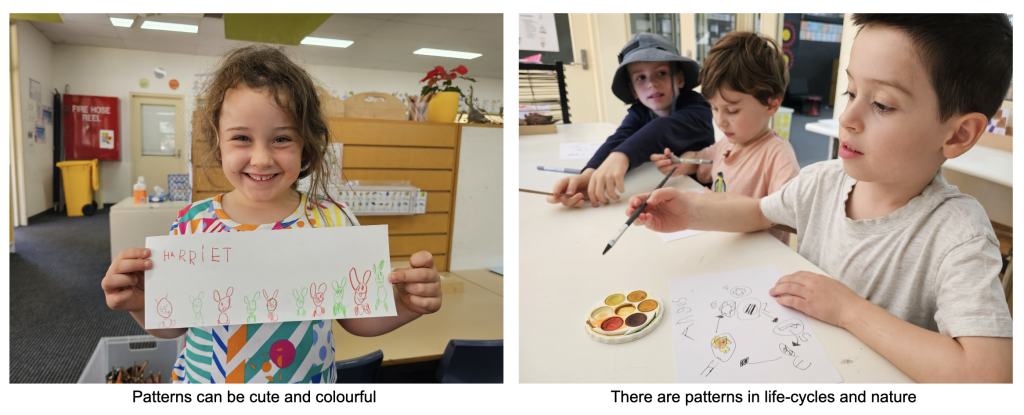Following on from our initial inquiry around building and understanding ourselves as part of a community, we have begun to explore concepts related to communication and how our approach to this may change depending on circumstances. We have unpacked the idea of sending and receiving a message being something like throwing and catching. If you throw the ball and it isn’t caught, then your message didn’t succeed. So, sometimes we need to think about ways of making our message easier to catch by changing the way it is delivered.
What can we do to make sure our message is clear?
- Tigerlily – “You can know what they’re saying by their face.”
- Daniel – “You can connect the dots [by looking at their body language]”
- Leon – “Maybe pay more attention to their body, not just what they’re saying.”
- Angus – “Face the person who you want to talk to.”
- Jade – “Make your voice higher if you want someone to listen to it.”
- Dexter – “If you’re far away from someone, you can go over to them instead of shouting.”
- Theo – “You can communicate with dots and dashes – that’s called Morse Code. You can also use eye blinking.”
- Elena – “Not everyone speaks the same language. Sometimes you speak other languages. At Greek School I speak Greek.”
- Sachi – “It’s actually pretty confusing. Because one day when I went to school I maybe didn’t know what to say because it’s a different language. At home I’m learning Vietnamese.”
In connection with Harmony Week, we’ve talked about how languages vary by culture and that even people who speak the same language may not necessarily use the same words or pronunciation when speaking – just like Connie and Robert. We unpacked these ideas further in wellbeing sessions, where we discussed the importance of ‘body language’, noting that we can get information by looking at someone’s body, their face, and listening to their tone of voice. Everyone was able to share some examples of body language that they know, such as giving a thumbs up for okay, an extended open-palm to mean stop, shaking our heads for yes or no, and many more. The children were quick to connect this to sign language and the way they’ve learned to silently signal for a toilet break.
We have played a game of ‘broken telephone’ to see how easy it is for a clear message to be misunderstood when it’s passed on from one person to the next.
Edmund explained what happened – “It was tiger, apple, banana. That turned into taco, apple, banana.”
Since communication is also about observation and noticing, we’ve incorporated ‘bug in a rug’ to our Friday afternoon games. The way it works is for one student to become hidden under a blanket and everyone else needs to guess who it might be. The ‘bug’ gives clues from under the blanket by disguising their voice.

Linked with our developing pirate adventure narrative, we have uncovered some different ways people can communicate over long distances. Ships at sea will use flags to send messages and this is called semaphore. Likewise, people have used Morse Code as an early way of transmitting their messages over long distances at great speed.
Together, along with our Year 5 buddies, the Preps explained how the Morse Code alphabet works and they collaborated together to write ‘secret’ messages that we are still decoding as a group. Fun fact, when designing the Morse Code, the creators realised that because ‘e’ is the most commonly used letter, it should be represented by the simplest and easiest way possible – a single dot.

We understand that Morse code is a kind of pattern, using repeating dots and dashes. This realisation has launched a new exploration of patterns in mathematics. Together, we are discovering new ways to represent and identify patterns in our lives. Some of the patterns we have identified include shape, colour, size, as well as sounds for making music and representing the letters of the alphabet. There are also so many patterns in nature and we have been learning about life-cycles of different plants and animals.



